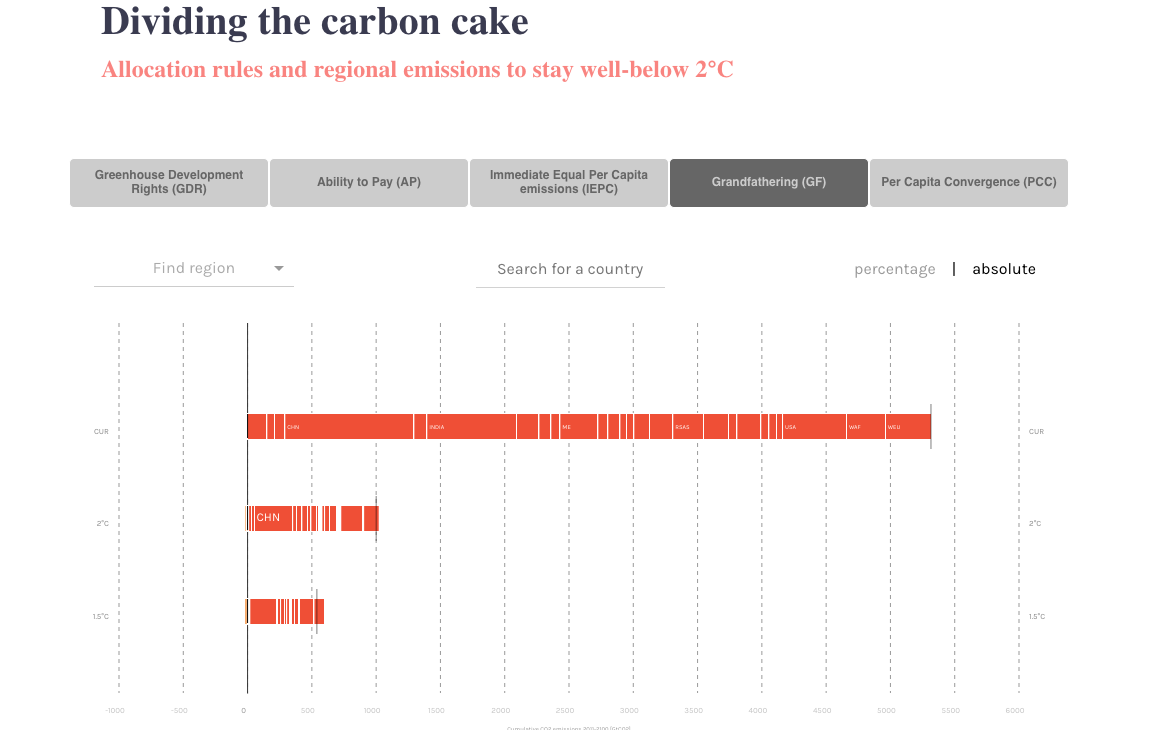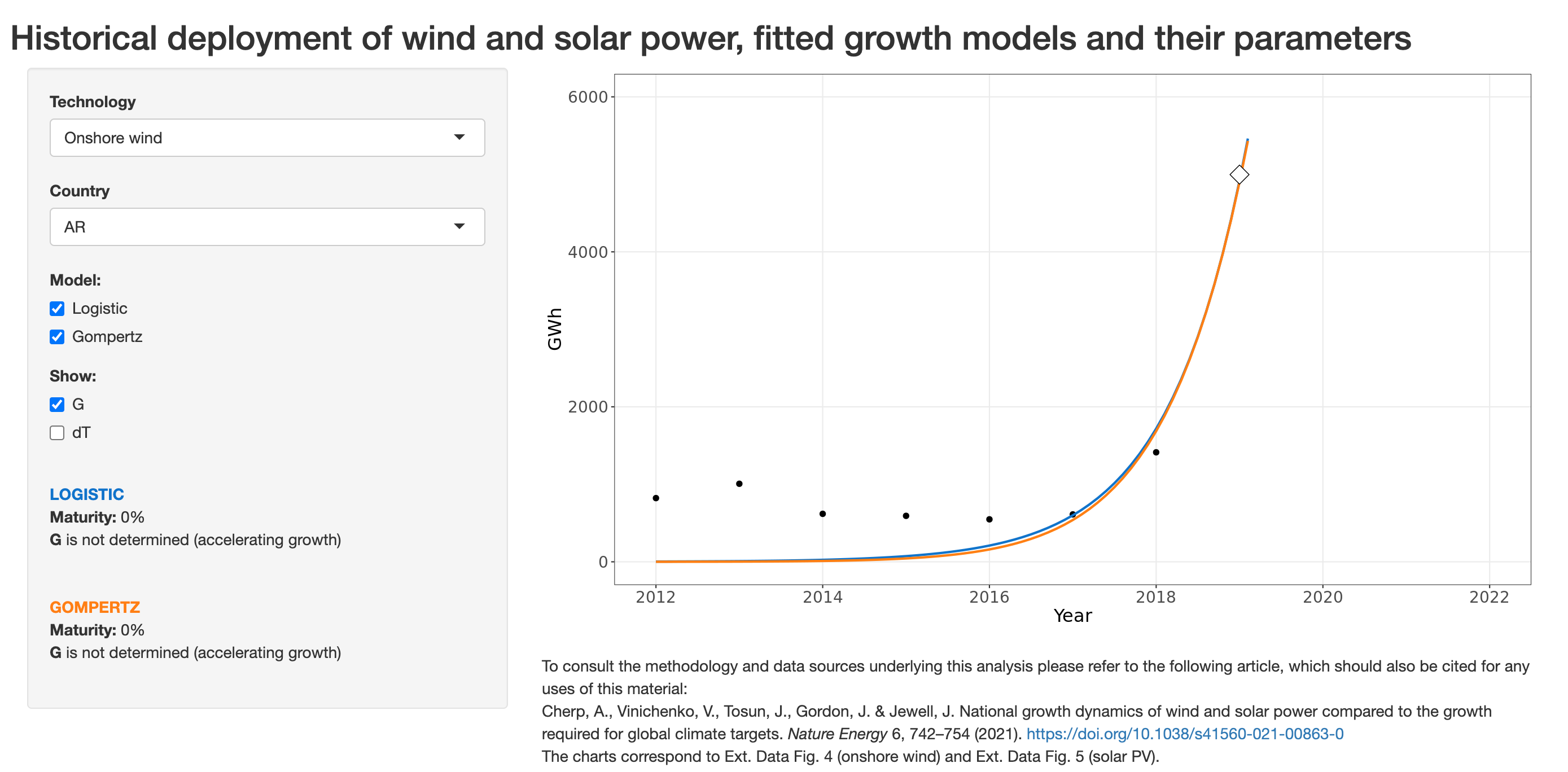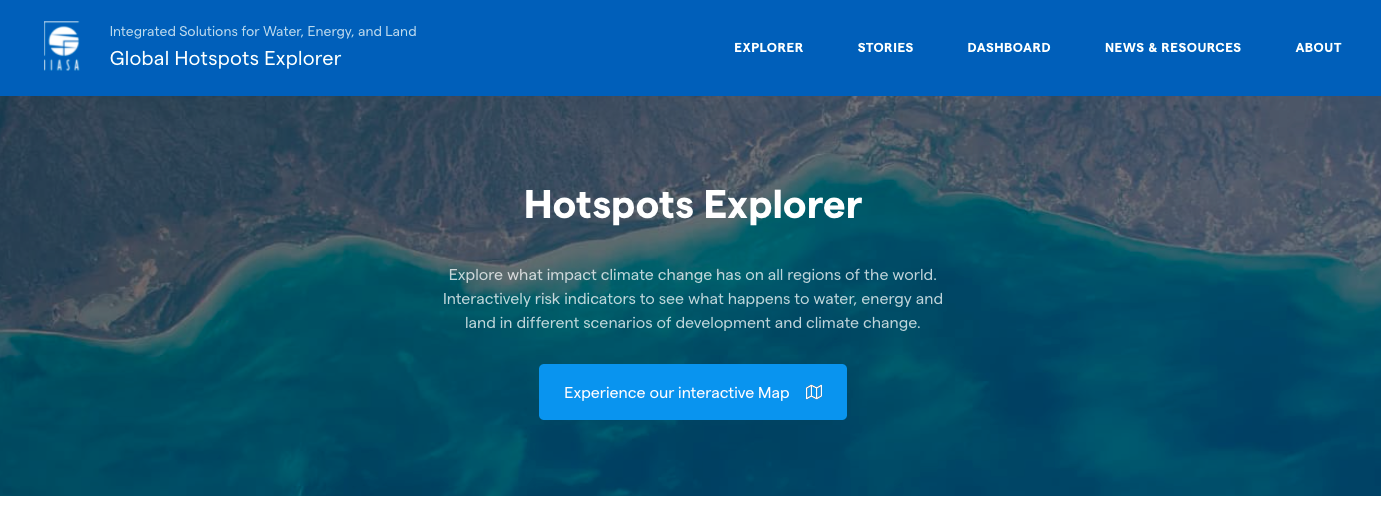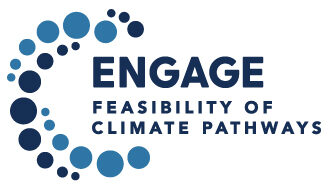Explorer & Tools
Scenario Explorer
The ENGAGE project is developing multiple sets of both global and national scenarios, with the data sets for specific publications also available. Using the Scenario Explorer, you can compare scenarios and model results, or peruse the data from ENGAGE publications in pre-set workspaces.
The Explorer also has links to downloads, documentation, and license information in case you wish to use any of the data for research.

Multidimensional Feasibility Visualisation Tool
The ENGAGE project proposes a novel and versatile multidimensional framework that allows evaluating and comparing decarbonization pathways by systematically quantifying feasibility concerns across geophysical, technological, economic, socio-cultural and institutional dimensions. This framework allows assessing the timing, disruptiveness and scale of feasibility concerns, and identifying trade-offs across different feasibility dimensions.
As a first implementation of the framework, Brutschin et al (2021) mapped the feasibility concerns of the IPCC 1.5°C Special Report scenarios and developed an interactive online tool that allows the user to look at the framework in more detail and to perform sensitivity analyses by defining different thresholds for each indicator and assessing how this affects feasibility evaluations.

Climate Policy Database
The Climate Policy Database is a collaborative effort maintained by New Climate to track policy adoption and identify global and national policy coverage gaps.
The database is available at climatepolicydatabase.org.

Dividing The Carbon Cake
This interactive visualization tool, depicting effort-sharing, demonstrates the allocation rules and regional emissions to stay below 2°C. Maintained by partners at CMCC, the tool can be accessed here.
The work was developed based on van den Berg NJ, van Soest HL, Hof AF, den Elzen MGJ, van Vuuren DP, Chen W, Drouet L, Emmerling J, Fujimoru S, Hohne N, Koberle A, McCollum D, Schaeffer R, Sheckhar S, Vishwanathen SS, Vrontisi Z, Blok K. Implications of various effort-sharing approaches for national carbon budgets and emission pathways, Climatic Change. doi: 10.1007/s10584-019-02368-y. Source data are available in the supplementary material.

Growth Model-Wind And Solar Power
The Growth Model interactive tool, maintained by the POLET (PoLitical economy of Energy Transitions) network and spearheaded by ENGAGE partner, CEU, demonstrates the historical deployment of wind and solar power, fitted growth models and their parameters.
The tool is based on the work from Cherp, A., Vinichenko, V., Tosun, J., Gordon, J. & Jewell, J. National growth dynamics of wind and solar power compared to the growth required for global climate targets. Nature Energy 6, 742–754 (2021). https://doi.org/10.1038/s41560-021-00863-0
The charts correspond to Ext. Data Fig. 4 (onshore wind) and Ext. Data Fig. 5 (solar PV).

Global Hotspots Explorer
ENGAGE Coordinator, IIASA, developed the Global Hotspots Explorer to depict what impact climate change has on all regions of the world. Interactively risk indicators to see what happens to water, energy and land in different scenarios of development and climate change. The ENGAGE project plans to develop interactive dashboards that will be integrated on the explorer including information on mitigation, trade-offs, and co-benefits.


